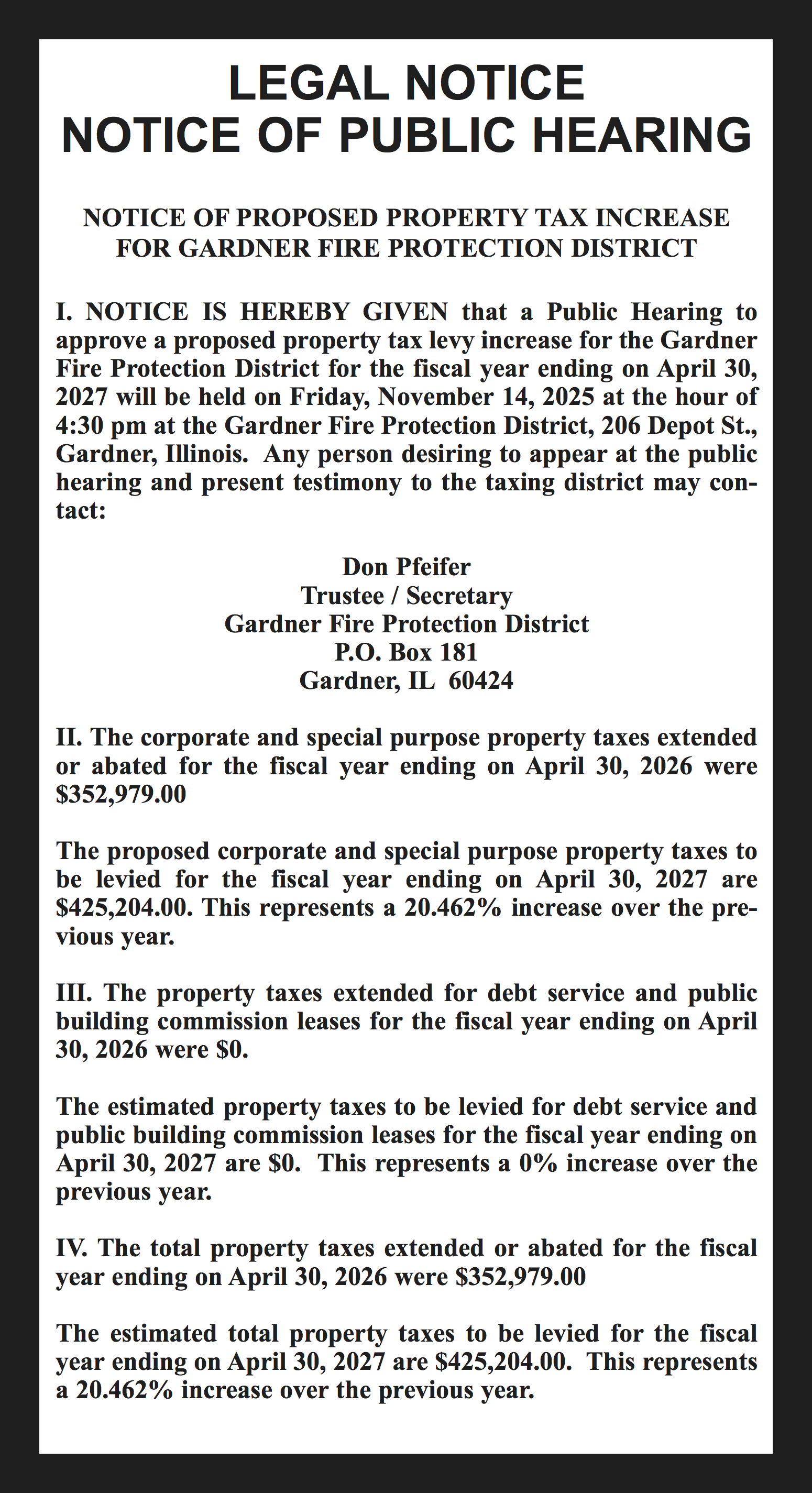Low river levels disrupt harvest logistics
By TAMMIE SLOUP
FarmWeek

While the upper Mississippi River’s lock and dam system is keeping navigation efficient, low river levels on the lower Mississippi for the fourth consecutive year are threatening U.S. grain exports.
During the past couple months, drought has built up across both the Ohio and lower Mississippi river basins, with historic low river levels leading to restrictions on barges and reduced movement of cargo on the lower stretch of the Mississippi.
Tom Heinold, chief of the operations division of the U.S. Army Corps of Engineers Rock Island District, said the upper channel’s lock and dam system is “open for business,” but the story is a little different to the south.
“For business down south of St. Louis, it is not going to be business as usual. …They will have to load their barges a little lighter and push smaller tows to get the same product downstream,” Heinold told Jim Taylor of the RFD Radio Network.
While a 9-foot channel is maintained by the lock and dam system for the Upper Mississippi, drought conditions can take a greater toll on the lower Mississippi.
“Right now, we expect on the upper Mississippi, at least, to have a fully open system,” Heinold said. But with draft and tow restrictions in the southern portion, “they have to make more trips to get the same amount of barges downstream. So that’s money that it costs, and that cost is transferred to the farmers who put their grain on those barges. So having a channel restriction due to low water south of St. Louis does impact our ag community, even up where we have impounded, stable channels.”
**Editor’s Note: If you find the story here of value, consider clicking one of the Google ads embedded in the story. It costs you nothing but Google will give the website owner a few cents. This is a way to help support local news at no cost to the reader.
According to USDA, barge freight rates from Cairo to Memphis were $19.53 per ton on Sept. 23, a 31% increase from a month prior. However, they remain 14% lower compared to the same time last year.
For the first half of 2025, nearly all the Mississippi River Basin received precipitation above the long-term average. However, August was exceptionally dry — particularly for the Ohio River Basin.
The historically low river levels are threatening the United States’ critical connection to global markets.
Close to half of all U.S. corn, soybeans and wheat exports move through the Mississippi River system. Over the past five years, an average of 65 million metric tons of bulk agricultural products traveled by barge to terminals near New Orleans, where shipments were loaded onto ocean vessels bound for global customers. This inland waterway remains the most cost-effective way to connect Midwestern farms to foreign markets, ensuring U.S. agriculture can compete on price and reliability, according to an American Farm Bureau Federation Market Intel.
Barge restrictions in the lower Mississippi have already led to steep declines in southbound grain traffic. USDA’s Agricultural Marketing Service, which tracks weekly barge movements of corn, soybeans, wheat, oats, barley, sorghum and rye, previously reported in just over a month total southbound Mississippi River grain shipments fell from 2.4 million short tons to 502,000 — a 79% drop.
Current volumes are well below the 2019–2021 average of 1.63 million short tons, a period with limited drought impacts, according to AFBF. They are, however, slightly above the 2022–2024 average of 462,000 short tons, when drought severely constrained navigation.
“During the 2022 event, agricultural exports via Louisiana ports fell 3.9% (about $565 million) in the second half of the year, underscoring how quickly river problems translate into lost sales. Slower grain arrivals at Gulf terminals also risk ceding sales to competitors like Brazil and Argentina, whose exporters are quick to fill gaps when U.S. shipments are delayed,” the Market Intel stated.
The U.S. Coast Guard and U.S. Army Corps of Engineers have implemented several rounds of navigational restrictions and dredging operations since the beginning of September, which, in the short run, reduce barge capacity, but raise it in the long term by mitigating the impacts of low water levels, according to the Sept. 25 USDA Grain Transportation Report.
**Editor’s Note: If you find the story here of value, consider clicking one of the Google ads embedded in the story. It costs you nothing but Google will give the website owner a few cents. This is a way to help support local news at no cost to the reader.
“Elevated barge rates and weaker basis are cutting further into farm income just as the bulk of the harvest comes to market, while exporters face delays that give competitors room to step in,” according to AFBF. “Keeping this system reliable will require continued dredging and infrastructure investment, but the simplest fix remains beyond anyone’s control: timely rainfall across the basin. Until that relief arrives, farmers and shippers will continue to navigate a river running low and the costly ripple effects of doing so.”
This story was distributed through a cooperative project between Illinois Farm Bureau and the Illinois Press Association. For more food and farming news, visit FarmWeekNow.com.


































